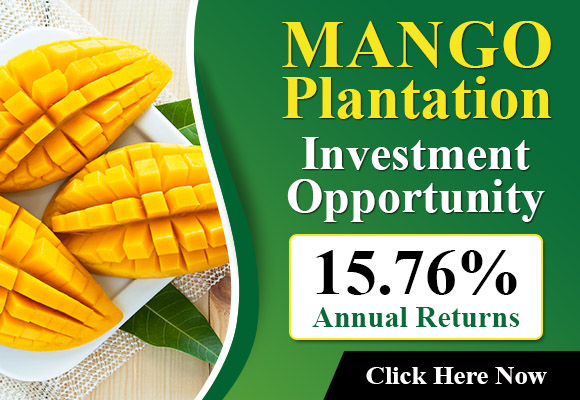The company is based in Pichanaki in Peru’s principal region for exporting and producing ginger, Agroexportaciones Llacta has established its position as the leading exporter of natural ginger. It stands out by satisfying the high standards set by the European market, and has contributed in the advancement of farming in indigenous communities in Central Peru. Central Peruvian jungle, says Manuel Llactarimay, commercial and director of operations.
Llactarimay says that Agroexportaciones Llacta planted 20 hectares of organic ginger last season (September-November), with the goal of exporting 40 containers by 2024; 20% more than in 2023. This year, the company plans to plant 35 hectares of ginger and 5 hectares of organic turmeric, driven by the growing global demand for organic products, as healthy and environmentally-friendly food is increasingly trendy.
Alongside its established markets across Europe It is also aiming to expand its reach to Canada as well as Morocco in order to capitalize on the rising demand globally of organic food products. They currently export into countries like Germany, Russia, the Netherlands and Spain and also those in the United States, the Dominican Republic, Ecuador, Chile, Panama and Colombia.
Peruvian ginger is praised by its quality and superiority particularly in regards to flavor and aroma. These make it different among its counterparts in Ecuador as well as Brazil. In addition, Llactarimay states that one of the main disadvantages that are associated with Peruvian ginger is the size due to the fact that the use of chemical fertilizers is restricted for organic farming, which result in roots that are smaller.
“The European market is the most demanding when it comes to organic rules. Every product we sell goes through rigorous quality checks to make sure they are in compliance with the regulations” declares Llactarimay.
The most significant challenges facing the ginger farmers in Peru are the conditions in the climate as well as the effects of insects, like Erwinia or Ralstonia and Ralstonia, both of which are having a major impact on the production. This year, production has decreased due to these pests. Consequently, prices have increased by 40 percent compared to last year (the cost for a 30lb box could range between USD 30 and 33). But, demand is robust, particularly in the areas that Peruvian ginger has increased its influence, including the Asian communities that are located in California.
“The demand for our products has decreased by 30 percent in the summer but it’s expected to rise again by the autumn. Exports are at their highest in the months of September, Oct in November and December” declares Llactarimay. Llactarimay also explains that Brazil has a higher production, and cheaper prices (FOB cost of $20 USD for a box at ports like Los Angeles, U.S.) It is an effective rival, even though Peruvian ginger is likely to retain its own niche due to its distinct flavor.
Product diversification
Agroexportaciones Llacta does not work exclusively using ginger. The firm also exports cacao, turmeric, annatto onions, garlic, onion and garlic. Through this, the company has been able to achieve both product and market diversification. “We have begun exporting turmeric into the Netherlands as well as Spain We saw significant growth in the markets we are in,” states Llactarimay.
With projections for growth and the emergence of new opportunities in emerging markets which includes the distribution of ginger products to industries This Peruvian company is still playing an essential role in export of top quality as well as sustainable agricultural items.
For further information, click here. 
Manuel Llactarimay
Agroexportaciones Llacta SAC
Pichanaqui, Chanchamayo, Junin, Peru
Tel. : +51 978 001 892
[email protected]
[email protected]
www.agroexpollacta.com.pe
Source: The Plantations International Agroforestry Group of Companies
